Colour is really important when it comes to food. I recently did a healthy cooking demonstration in a kitchen store in my local town and was really impressed by the children’s positive reactions to my ‘rainbow coloured’ Thai chicken curry.
So my first activity is coloured pasta!
When my children were very little, we used to make dried pasta necklaces, painting the pasta tubes, covering them in glitter and threading them on to string to make beautiful necklaces (and then wearing them out to the park!). Tonight, I’ve stumbled across an edible, coloured pasta dish that isn’t full of artificial ingredients.
I added some steamed green beans and cherry tomatoes, roast chicken breast and some leftover sweet potato from Sunday’s roast, and voila…kid’s dinner in minutes!
Mini Cheesecakes
My daughters have always enjoyed making these as they’re so quick and simple and give a great opportunity for creative decoration. Simply melt a little butter, crush 2 Digestive biscuits per child (put them in two plastic bags and hit them with a rolling pin – great fun!) and then stir the biscuit crumbs into the melted butter; spoon into individual ramekins or small glass tumblers. In a separate bowl (I use breakfast sized bowls – 1 per child) spoon in two dessertspoons each of soft cream cheese and icing sugar. Mix gently together until smooth and creamy.
Flavour ideas:
Chocolate – spoon in cocoa powder.
Lime – grate lime zest into the cream cheese.
Strawberry – chop and mix in small pieces of strawberry.
For a party you could add chocolate chips, small coloured sweets such as Smarties or M&Ms or any other cute coloured treats!
While these cheesecakes are rich in sugar and fat, they’re only small portions. If you put a family sized shop-bought cheesecake in front of kids, chances are they’ll eat it all! This is a simple way to limit portion size without them even knowing.
Decorate Easter Eggs
Children love decorating hard boiled eggs and it’s an activity that can keep them amused for a decent amount of time. Hard boil and chill 2-3 eggs per child (the day before is best) and ensure they’re dry before you start. Pop the eggs into egg cups for a nice stable base. If you haven’t got any, try visiting your local charity shops and you’ll be sure to find some.
Little children can get creative with felt tip pens while older ones might like to attach cardboard ears, fluffy pom poms and a cartoon face and turn them into Easter bunnies!
Later, eat the eggs with a delicious fresh salad of chopped carrot, cucumber, lettuce and cherry tomatoes and a slice of wholemeal toast or cooled pasta twists.
Chocolate Covered Fruit
Easter is a time when chocolate and sweets might be over consumed, so here is a simple way to increase your child’s fruit intake while allowing a sweet treat.
Melt some good quality dark or milk chocolate (or a mixture of the two) in a glass bowl over a saucepan with a little boiling water. Pour into a bowl away from the heat. Give your children a plate of whole strawberries (with stems still attached – it’s easier to hold onto) and thick slices of banana. Simply dunk half the strawberry into the chocolate, lay onto a sheet of greaseproof paper on a baking tray and leave to chill. Using a fork or cocktail sticks (depending on the age of your child), follow the same pattern with the banana.
Eat either as a snack or as part of a dessert or use as decoration on top of ice cream, sorbet or cheesecake.
Make some delicious Easter Fruit Smoothies
If you have a blender or liquidiser hidden at the back of a kitchen cupboard, now’s the time to get it out, give it a wash and get blending!
Ensure a good supply of smoothie ingredients so your children can try different colour and flavour combinations each day. Think about the colours of the rainbow and basic painting skills: how colours mix to create new colours.
For fairly runny smoothies use milk, soya milk, almond milk, lactose free milk with fruit. For a thicker smoothie, use plain yogurt (Greek yogurt is richer in protein and makes a delicious creamy drink). You can blend fruit on its own but the addition of milk or yogurt gives a drink richer in protein.
I generally add a dessert spoon of flaxseed oil (or a blend of essential fats), and a spoonful of honey if desired, for sweetness and anti-bacterial benefits.
Here are a few combinations:
Strawberry /raspberry and banana– this makes a pinky-red drink.
Banana and blueberry/blackberry – this makes a pale blue drink.
Strawberry, banana and blueberry – this makes a light purple drink.
Kiwi and banana – for a pale green drink.
Peach, raspberry and banana – for a pale orange drink.
For improved health benefits, try adding a very ripe avocado or some fresh carrot and orange juice to certain combinations. Remember that red/orange + green makes a yukky brown colour! Not so appetising.
Add oatmeal to make a thicker shake for a delicious, nutritious breakfast.
Giving your child the chance to create food in the kitchen and help to choose ingredients in the supermarket will boost his confidence, give opportunity for shared activity and encourage a healthier palate.
Lorraine
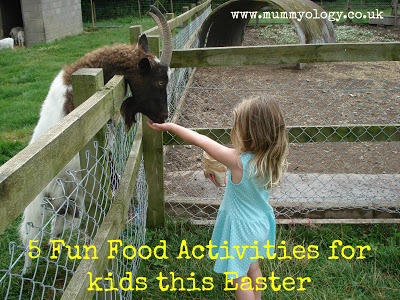

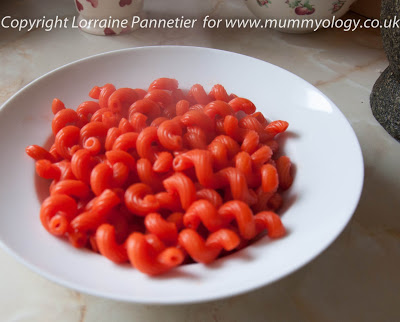

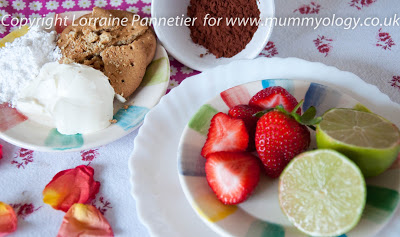


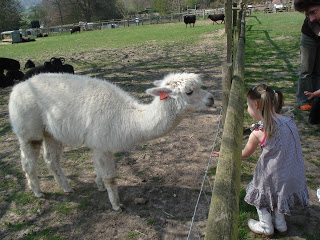

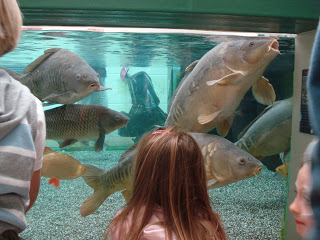
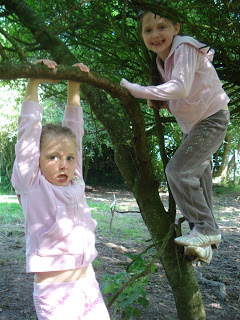


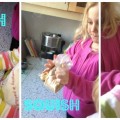

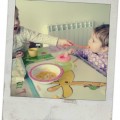
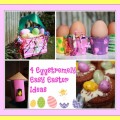








2 thoughts on “Five Fun Food Activities for Kids this Easter”
Erin D
(March 25, 2013 - 10:39 pm)I’ll have to try those mini-cheesecakes and the pasta! Great post.
Lorraine Pannetier
(March 25, 2013 - 10:48 pm)Thank you Erin. My kids make the best mini lime cheesecakes – always taste better than mine! You could even use this combination as an Eton Mess kind of dessert…mix together your soft cream cheese, icing sugar and flavour of your choice with a crushed chocolate chip cookie or Digestive biscuit….It’s quite sweet so you only need a tiny portion. My kids frequently can’t finish a whole one!